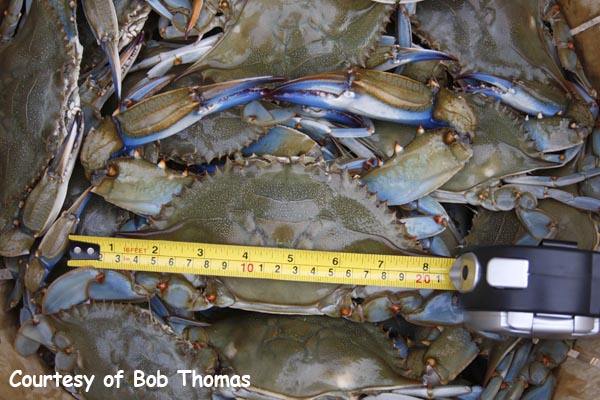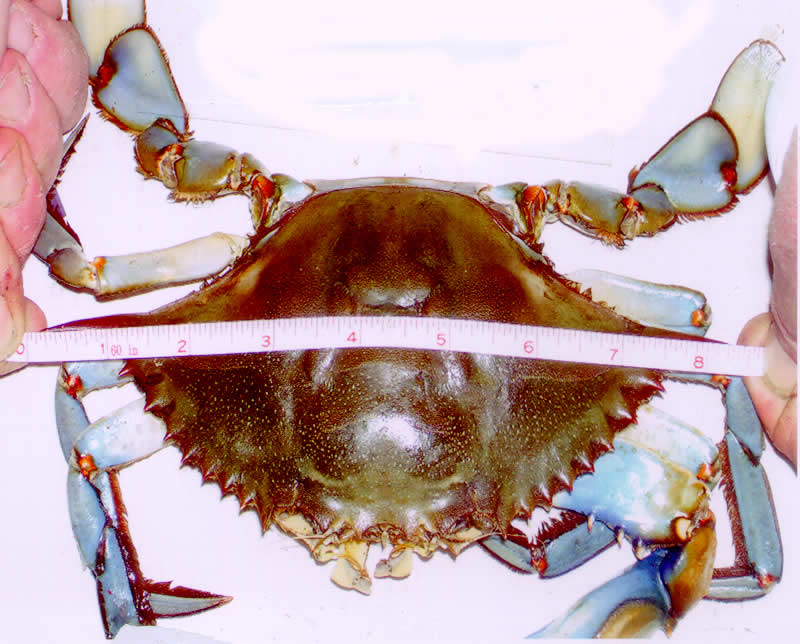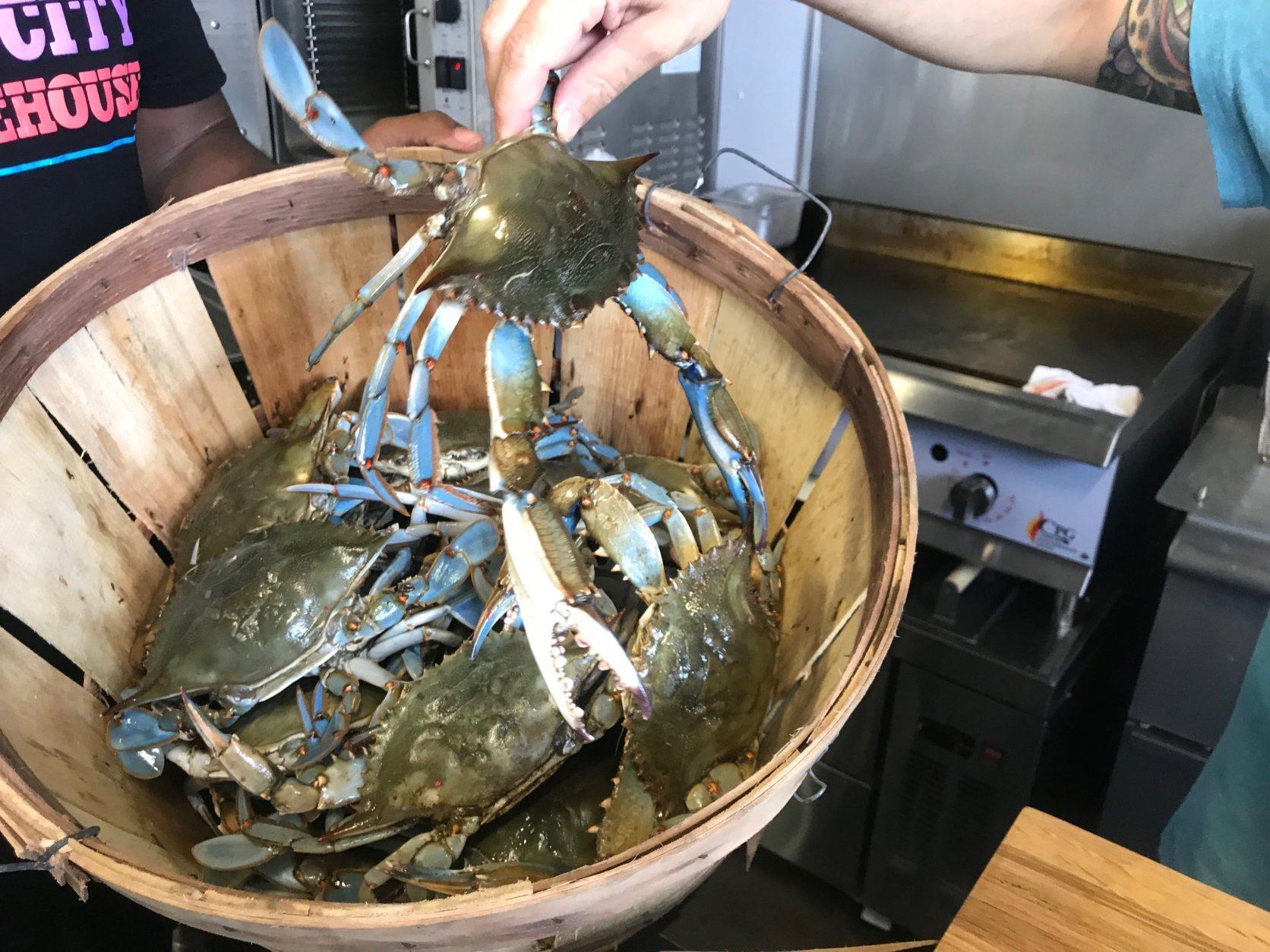

Warming temperatures in the Chesapeake Bay are predicted to also greatly impact eelgrass, a seagrass that provides essential habitat for juvenile blue crabs.

The temperatures in the bay have already increased by almost 2 degrees Fahrenheit since 1960 and are projected to continue to increase by an additional 3 to 10 degrees by 2100-an immense change that will have a dramatic effect on the estuary and the species it supports. According to the National Oceanic and Atmospheric Administration’s Chesapeake Bay Office, the bay shoreline is being affected at a faster rate than the global average because land in the region is already naturally subsiding. However, if global climate change continues unabated, projected rising sea levels and water and air temperatures will significantly reshape the region's coastal landscape, threatening recreational and commercial fishing including crabbing in the region. The Chesapeake Bay is our nation's largest estuary and sustains more than 3,600 species of plants and animals. If we don’t make changes soon, the earth will continue to have warmer temperatures in all seasons an increase in the frequency, duration, and intensity of hurricanes and other severe weather events as well as an increase in the sea level of up to two feet or more. In addition, recent reports have shown that blue crabs are projected to be detrimentally impacted by climate change in a way that can also wreak havoc on sensitive ecosystems that the blue crab calls home.Ĭarbon pollution from burning coal, oil, and gas is causing climate change that is threatening fish and wildlife across the globe.

However, habitat loss and nutrient loading are some of the larger issues faced by this species. Blue crabs are not threatened or endangered.


 0 kommentar(er)
0 kommentar(er)
